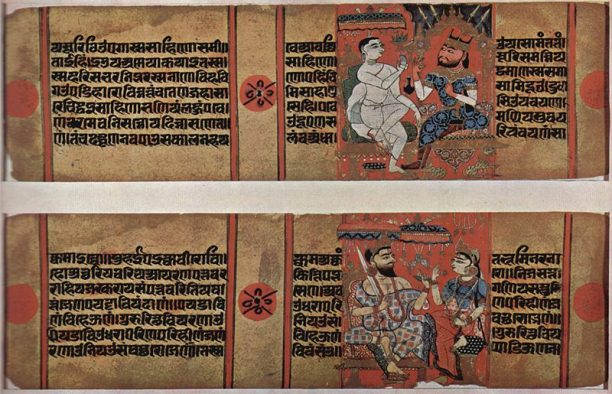The Beginnings of Buddhism
Ian Mabbett considers how Buddhism, while preaching the rejection of society, simultaneously became a popular religion.

The venerable ascetic Mahavira for a year and a month wore clothes; after that time he walked about naked, and accepted alms in the hollow of his hand. For more than twelve years he neglected his body and abandoned the care of it; with equanimity he bore, underwent and suffered all pleasant or unpleasant occurrences arising from divine powers, men or animals.’
Mahavira (599-527 BC), the most celebrated teacher of the Jain religion in India, cultivated rigorous indifference to his surroundings. He silently endured stoning or dogs being set on him. He fasted, not even drinking, for long periods. He scrupulously harmed no living beings, and for long periods he sat motionless with heart pure and soul serene.
